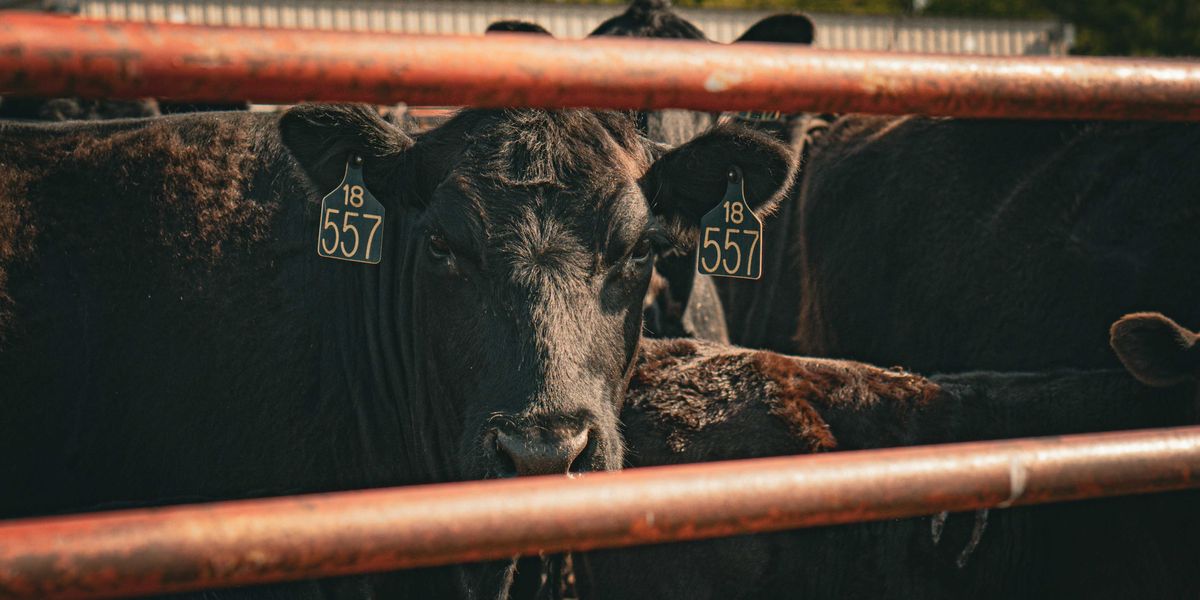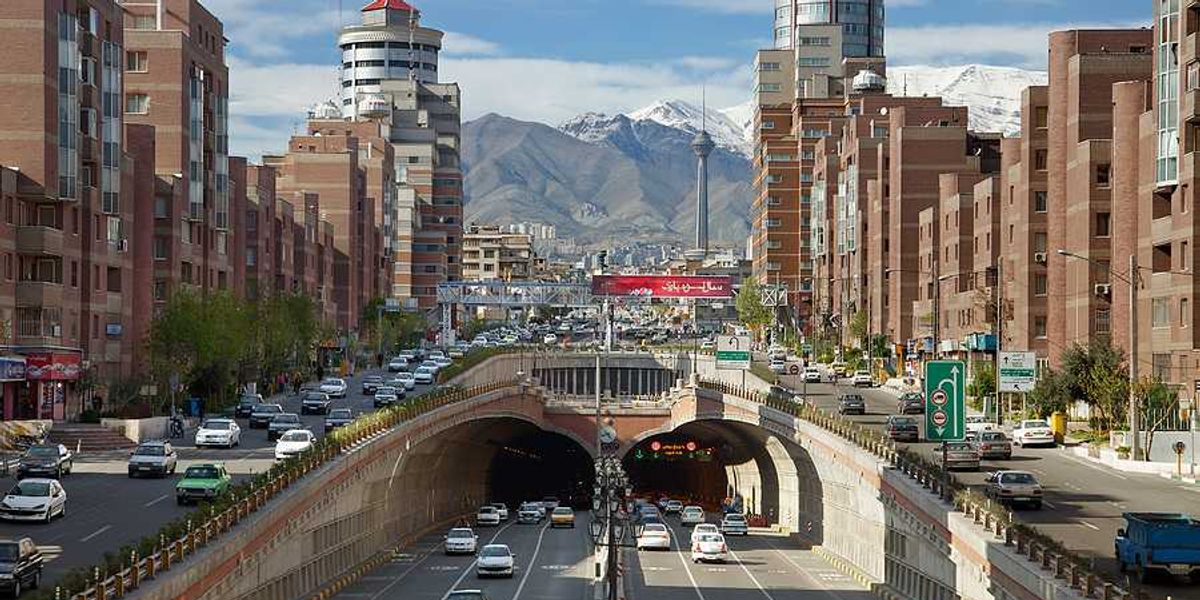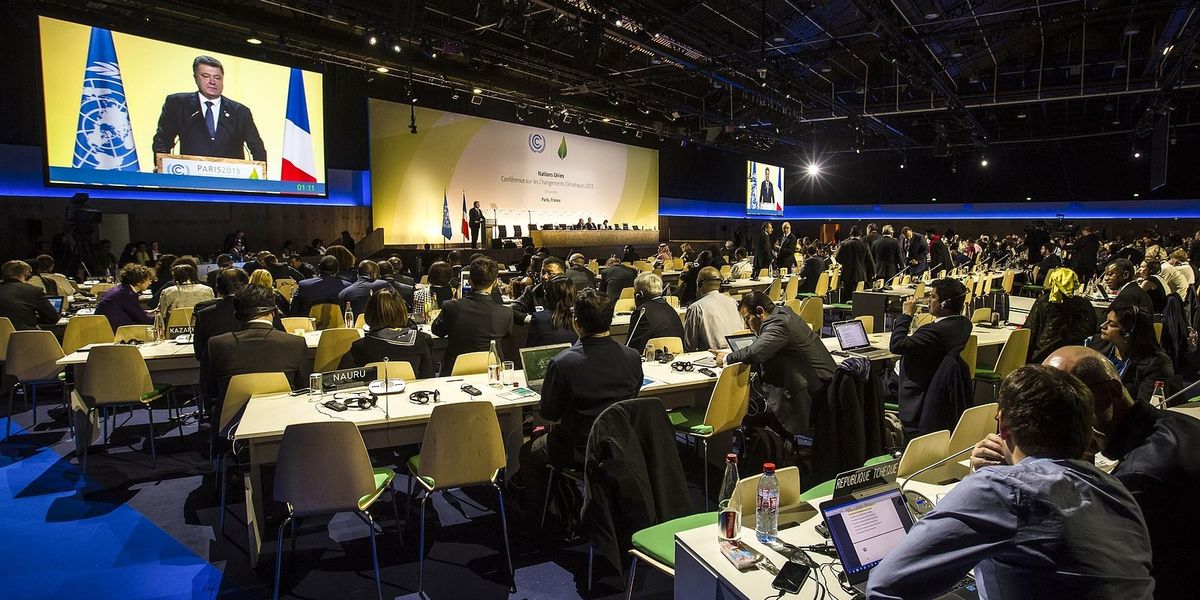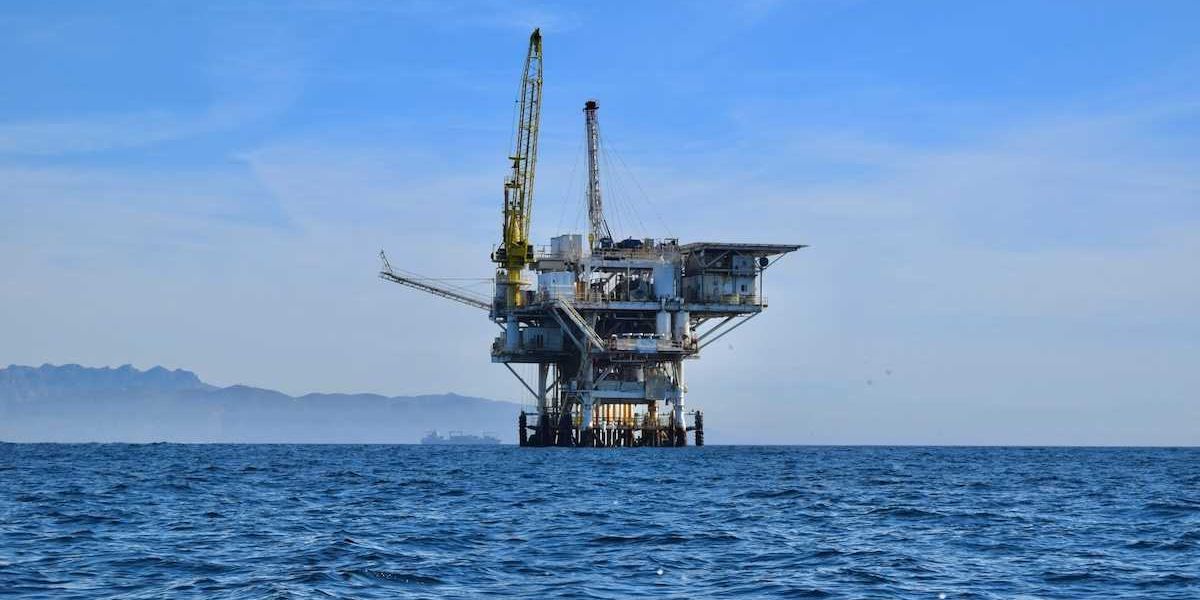Texas growth and lax rules put more homes in harm’s way from flood disasters
As deadly floods strike Central Texas, experts say outdated maps, weak regulations, and rapid development are funneling millions of Texans into flood-prone areas with few safeguards.
Joshua Fechter and Paul Cobler report for The Texas Tribune.
In short:
- Texas counties lack the authority to enforce building codes or zoning rules that could limit construction in flood-prone areas, leaving roughly five million Texans exposed to severe flood risk.
- Flood plain development has continued as population growth pushes builders to cheaper, unregulated land, particularly in rural and scenic areas like the Hill Country.
- Experts warn that stronger state oversight is needed, as current floodplain maps are outdated, hazard mitigation plans are lacking, and political resistance hampers tighter local rules.
Key quote:
“Fundamentally, disasters are a human choice. We can choose to develop in relation to high risk, or we can choose not to. We can stay out of harm's way.”
— Robert Paterson, associate professor at the University of Texas at Austin School of Architecture
Why this matters:
Floods are becoming more frequent and intense as climate change accelerates atmospheric moisture levels and rainfall extremes. In Texas, where individual property rights often trump regulation, construction continues along rivers and lowlands with little oversight. As a result, more people are living in mobile homes and other vulnerable structures in areas that were once natural flood buffers. Without modern hazard mapping and statewide floodplain planning, these communities are left exposed. Weak local regulations and political fear of curbing development slow the adoption of safety standards. This puts public health and safety at risk, strains emergency services, and increases long-term infrastructure costs after disasters hit.
Related: Flood deaths rise in Texas as Trump slashes disaster preparedness and weather forecasting













